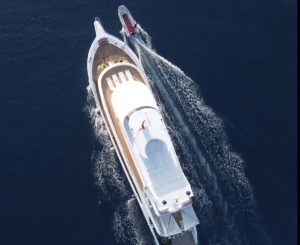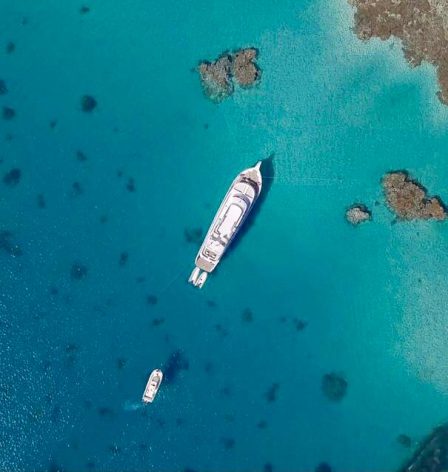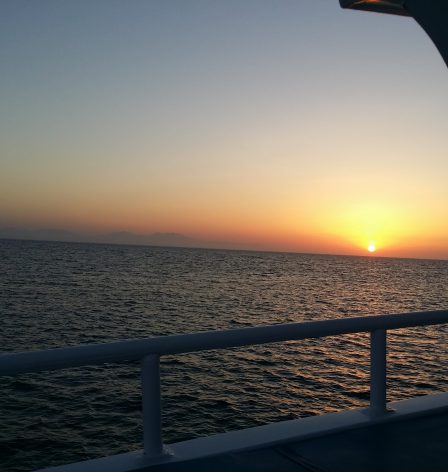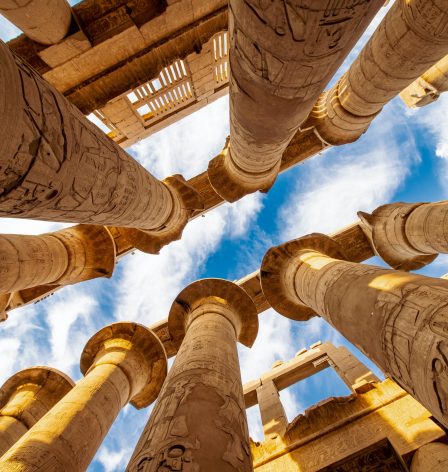We are dedicated and all yours to make your adventures in Egypt as pleasant and memorable as possible.
Please have a sneak peek on this site to get to know us a little better. We like what we do and it shows every day. Our goal is your satisfaction. We let our service do the talking.
Why choose this route?

St John’s Adventure
St John’s is a reef system, not too distant from Rocky Island and Zabargad.
Its underwater scenery comprises many corridors and grottoes, like aquatic caves, during the day illuminated by penetrating sun rays. The visibility is great. St John’s is famous for its diversity of corals, such as black corals, serpentine corals, cabbage corals, staghorn corals and fire corals. Those corals are the perfect décor for blackspotted grunts, blue spotted rays, batfish, parrotfish, chromis, butterflyfish, squirrelfish and anemonefish.
Zabargad Island
Zabargad takes its name from the mineral olivine gem, once mined on the island. It’s location is southeast of Port Berenice. Wall drops here to 15 to 20 meters. The seabed is equipped with coral towers and pinnacles. The floral landscape is formed by innumerable species of corals, such as the staghorn coral, the honeycomb, the flowerpot and tapestries of sienna brown tubular sponges.
Zabargad Island’s claim to fame is its labyrinthine panorama of coral canyons,, grottoes and corridors. They have been created by interlinking pinnacles and pillars, forming punctured rooftops. Those punctures ‘filter’ sun rays, penetrating through crevices and cracks, turning Zabargad into a poetic affair.
Rocky Island
Rocky Island is a small island, twenty minutes cruising from Zabargad and a pelagic haven, featuring a great variety of sharks, manta rays, countless groupers, jacks and barracudas.
Its walls are tumbling down to more than 100 meters. They show tapestries of sea fans, gorgonians, mountain corals, black coral trees and staghorn corals. It’s sheer fascinating seeing the waving gorgonians, subject to the current’s rhythm,.
Rocky Island is exposed to the sea and the elements, attracting a fabulous range of silver tips, and hammerhead sharks. It gave rise to the sobriquet ‘shark theatre’.
Unlimited visibility adds to the fish tank feel and fascinating marine life, featuring Red Sea bannerfish, the clearfin lionfish, the zebra angelfish, blackspotted sweetlips, the rusty parrotfish and the devil scorpionfish.
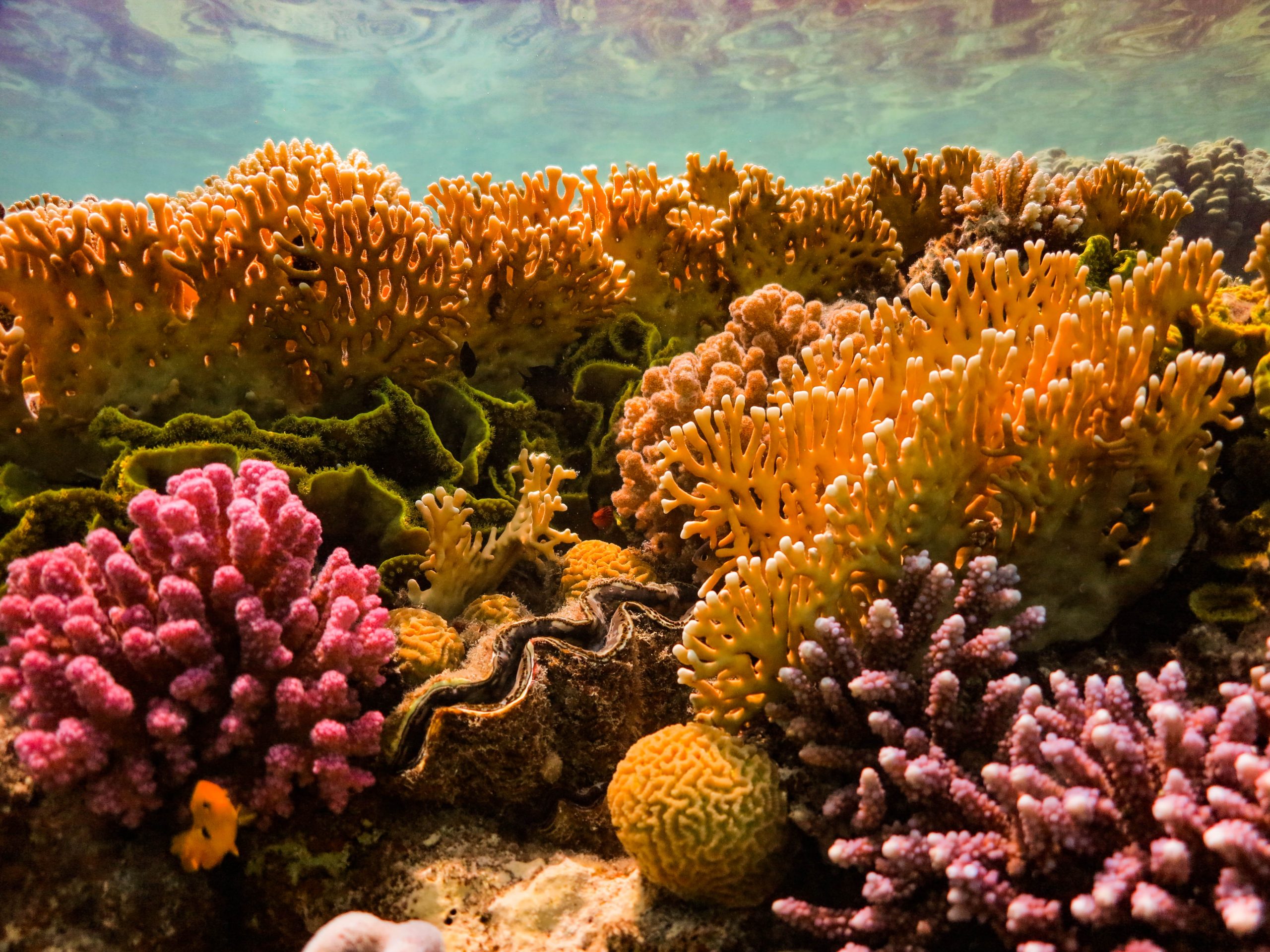
Shaab Marsa Alam
Shaab Marsa Alam is an offshore reef formation. There’s a steep colourful wall decorated with soft coral. The odd moray eel may be spotted here. The west side is covered with a large coral garden. Depth up to 30 meters. The southern part of the reef is home to tall rising pinnacles. Sometimes small spinner dolphins swim by here.
Aquatic Panorama
- Table coral
- Gorgonians
- Blackspotted grunts
- Barracuda
- Napoleon fish
- Clownfish
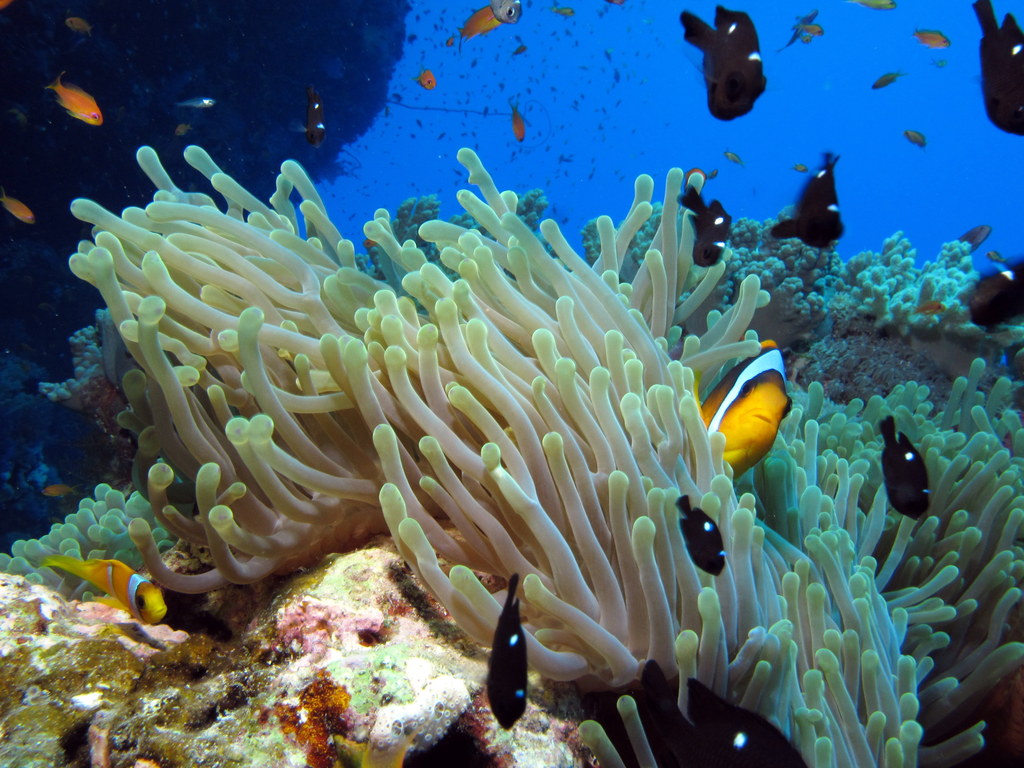
St. John’s
Level: medium levels of divers .
Entrance to the water: by boat or zodiac .
Deep: 8 to 35 meters .
St. John’s is a massive reef, famous for its tunnels and south plateau, where jacks and barracudas can be seen and the occasional manta.
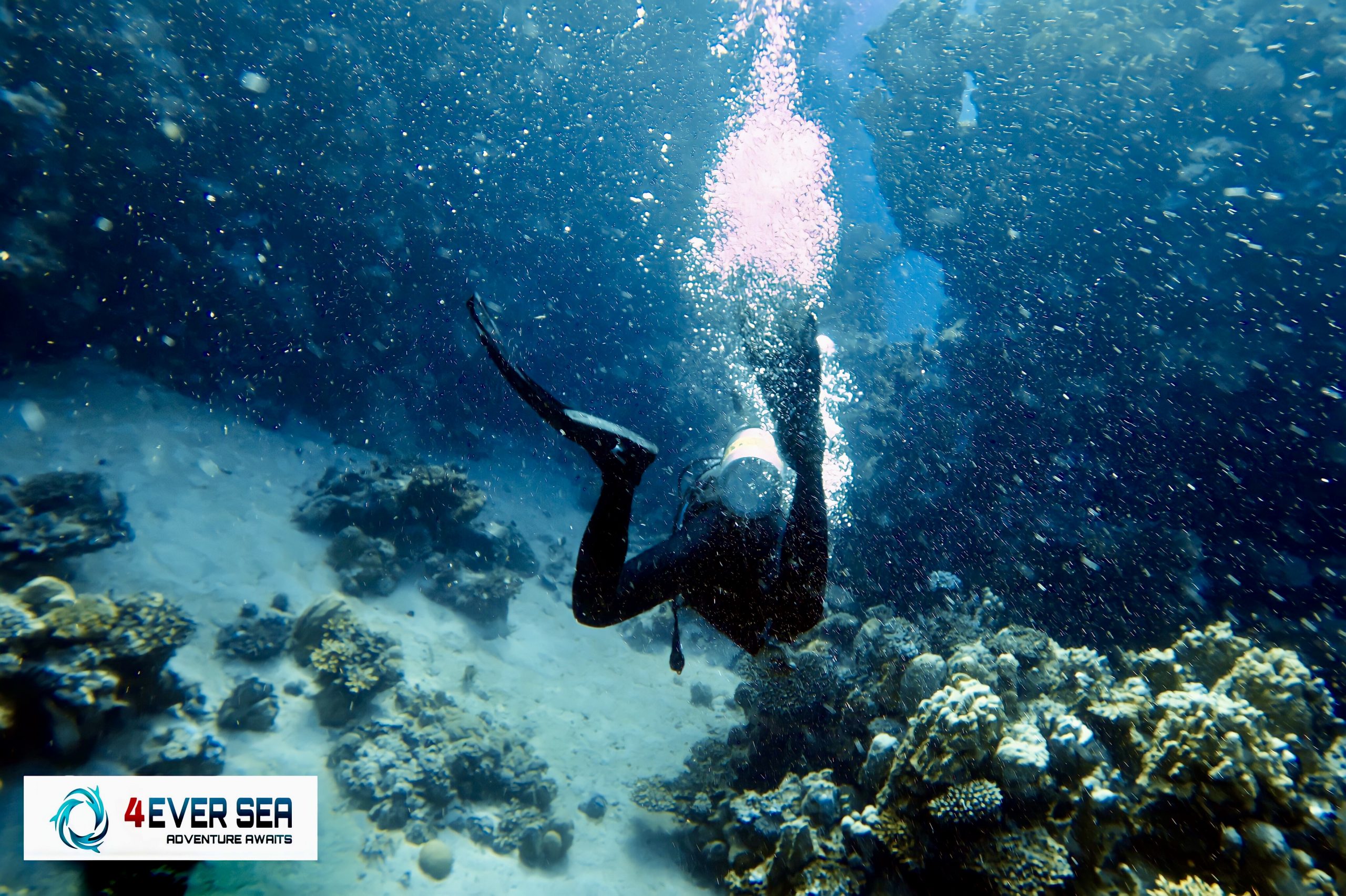
Umm Aruk at St John’s
Umm Arouk is the epicentre of St John’s Reefs. It’s classified and recognised as an easy divesite, suitable for all levels.
Umm Arouks roughly translates as ‘mother of coral towers’ or ‘the reef with
colourful coral blocks’. And it shows in full pride. Now here’s a very colourful explosion of coral towers, ranging in height from six to nine meters and two to four meters in width. It feels like a coral forest. They attract large shoals of sweetlips end have become residence to an intriguing variety of fish in very large numbers.
Aquatic Panorama
- Coral towers
- Midas blenny
- Paleface butterflyfish
- Red Sea bannerfish
- Spanish dancers
- Sand eel
- Torpedo eagle rays
- Whitetip reef sharks
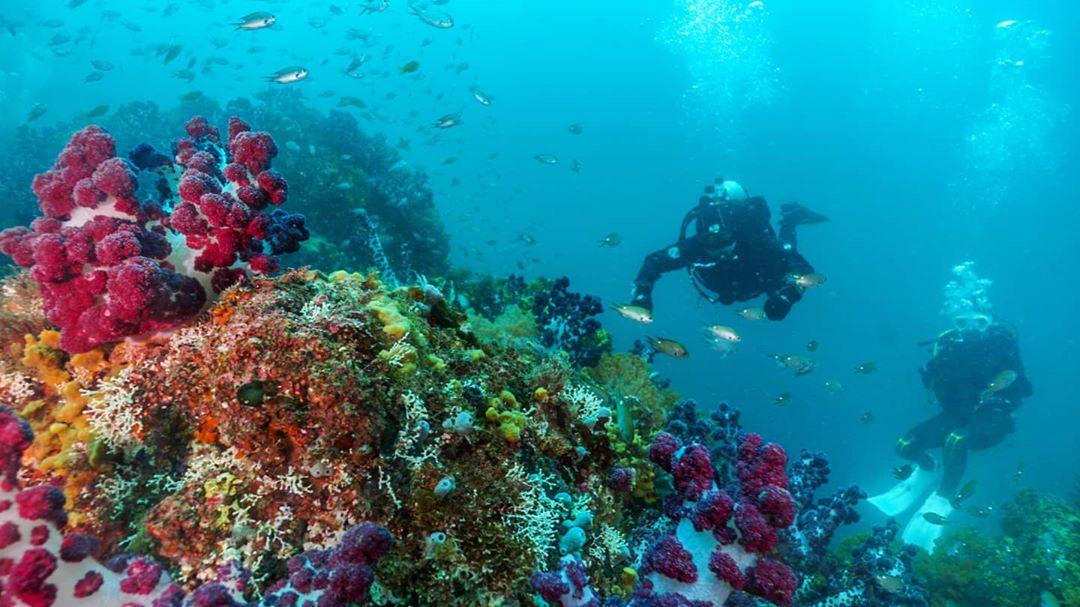
Habili Gaffar at St John’s
Gaffar is a smaller reef in the St. Johns system. Est of Umm Arak. Strength of current varies. No shelter from wind and waves. It attracts pelagic fish in numbers.
Aquatic Panorama
- Pink coral
- Fairy basslets
- Bigeye snappers
- Clearfin lionfish
- Tuna
- Mackerel
- Reef sharks

Habili Ali at St John’s
East of St. John’s Reef. Small, oval shaped reef. Fanstastic coral formations. Many wall cracks, allowing entrance to caves.
Aquatic Panorama
- Bottlenose dolphins
- Grey reef sharks
- Black snappers
- Sohel surgeonfish
- Titan triggerfish
- Eyeshadow cardinalfish
- Sea whiops
- Gorgoninans
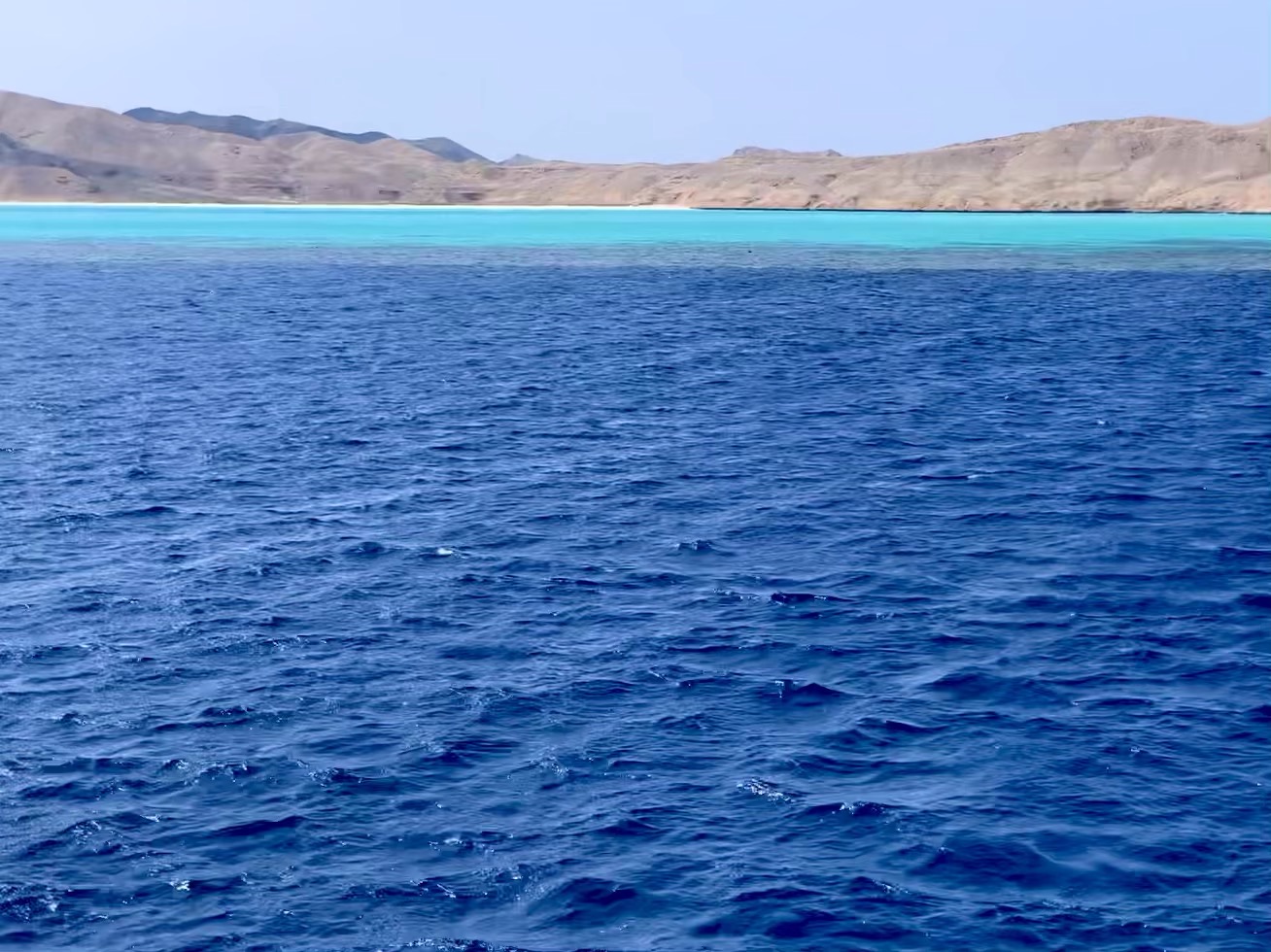
Rocky Island
Rocky Island is a small island, twenty minutes cruising from Zabargad and a pelagic haven, featuring a great variety of sharks, such as tigers, white tips, silvertips and hammerheads, manta rays, countless groupers, jacks and barracudas.
Its walls are tumbling down to more than 100 meters. They show tapestries of sea fans, gorgonians, mountain corals, black coral trees and staghorn corals. It’s sheer fascinating seeing the waving gorgonians, subject to the current’s rhythm,.
Rocky Island is exposed to the sea and the elements, attracting a fabulous range of silver tips, and hammerhead sharks. It gave rise to the sobriquet ‘shark theatre’.
Unlimited visibility adds to the fish tank feel and fascinating marine life, featuring Red Sea bannerfish, the clearfin lionfish, the zebra angelfish, blackspotted sweetlips, the rusty parrotfish and the devil scorpionfish.
Aquatic Panorama
- Staghorn corals
- Mountain corals
- Gorgonians
- Tubular sponges
- Ruste parrotfish
- Bi-colour wrase
- Zebra angelfish
- Hammerhead sharks
- Spanish dancers
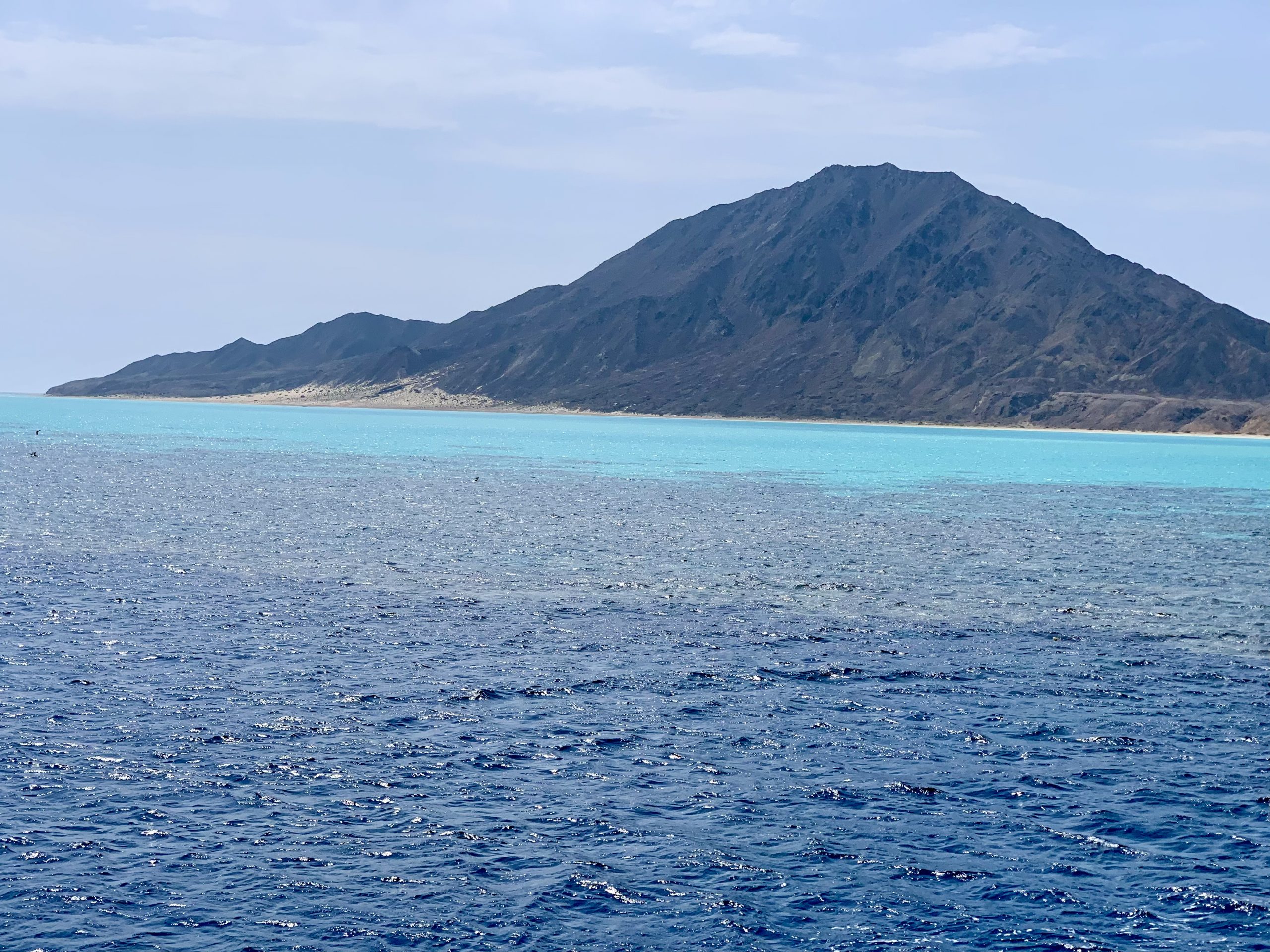
Zabargad Island
Zabargad takes its name from the mineral olivine gem, once mined on the island. It’s location is southeast of Port Berenice. Wall drops here to 15 to 20 meters. The seabed is equipped with coral towers and pinnacles. The floral landscape is formed by innumerable species of corals, such as the staghorn coral, the honeycomb, the flowerpot and tapestries of sienna brown tubular sponges.
Zabargad Island’s claim to fame is its labyrinthine panorama of coral canyons,, grottoes and corridors. They have been created by interlinking pinnacles and pillars, forming punctured rooftops. Those punctures ‘filter’ sun rays, penetrating through crevices and cracks, turning Zabargad into a poetic affair.
Aquatic Panorama
- Tubular sponges
- Staghorn corals
- Coral grottoes
- Pinnacles
- Grouper
- Royal angelfish
- Orbicular burrfish
- Sabre squirrelfish
- Octopus
- Hawksbill turtle

